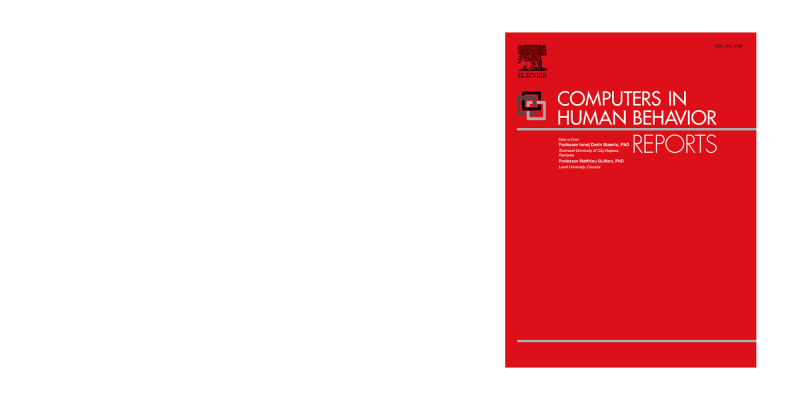Neue Veröffentlichung | Zur Nutzung von Emojis in der digitalen Kommunikation älterer Menschen
Prof. Dr. Bozana Meinhardt-Injac hat gemeinsam mit Kolleg*innen von kanadischen University of Ottawa einen Artikel „Are older adults adapting to new forms of communication? A study on emoji adoption across the adult lifespan" zur Nutzung von Emojis in der digitalen Kommunikation älterer Menschen im Band Computers in Human Behavior Reports verfasst.
Abstract
Recent evidence suggests that as a form of non-verbal communication, emojis play critical communicative functions. As such, emojis can help users of all ages meet their social and emotional needs when interacting online. The present study advances our understanding of the factors that influence use of emojis across the adult lifespan. We investigated how age influences several facets of emoji use (frequency of use, diversity of use, ease of interpretation, and interpretation accuracy). We also explored putative mediators of the relationship between age and emoji use by drawing from the literature on technology acceptance. 240 adults, 18–80 years of age, participated in the study. Older users were less likely to use emojis, less likely to use a diversity of emojis, and found emojis less easy to use. Age predicted reduced accuracy of interpretation for only two of the eight emojis tested. Perceived ease of use, Technology self-efficacy, and Expertise with social exchange platforms mediated age-related effects. We conclude that older users have the motivation and ability to utilize emojis but lack the confidence to adopt this new mode of communication. Developers should consider making unambiguous emojis more accessible to facilitate intergenerational interactions on online platforms.
Open Access
Boutet, Isabelle; Goulet-Pelletier, Jean-Christophe ; Sutera, Eva ; Meinhardt-Injac, Bozana (2024): Are older adults adapting to new forms of communication? A study on emoji adoption across the adult lifespan. In: Computers in Human Behavior Reports. Volume 13. Article 100379.
Der Artikel ist kostenlos im Open Access (PDF) hier herunterladbar.
Mehr über den Sammelband erfahren Sie hier.
Media Coverage der University of Ottawa

Cover: Science Direkt
